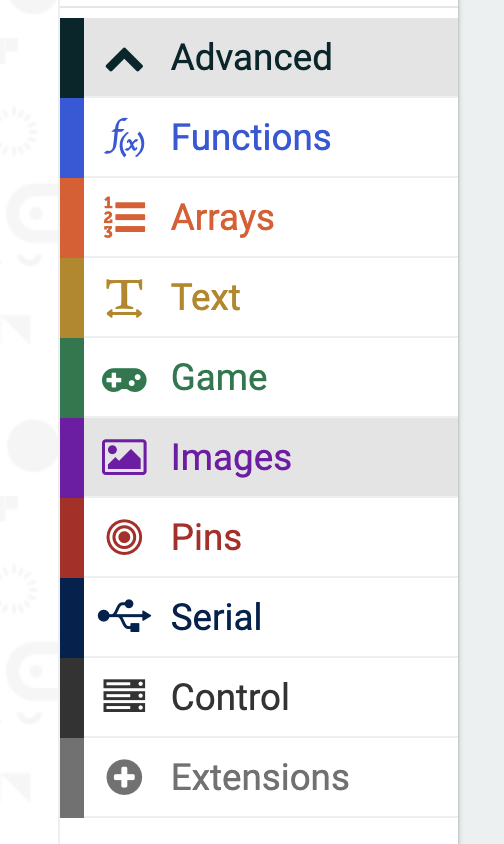This is a simulation that shows the vectors of forces acting on an object rolling in a vertical loop, assuming negligible friction.
To complete the loop, the initial velocity must be sufficiently high so that contact between the object and the track is maintained. When the contact force between the object and its looping track no longer exists, the object will drop from the loop.
The following code is for embedding in SLS.
<iframe scrolling="no" title="Vertical non-uniform circular motion" src="https://www.geogebra.org/material/iframe/id/ny3jhhsp/width/640/height/480/border/888888/sfsb/true/smb/false/stb/false/stbh/false/ai/false/asb/false/sri/true/rc/false/ld/false/sdz/false/ctl/false" width="640px" height="480px" style="border:0px;"> </iframe>



